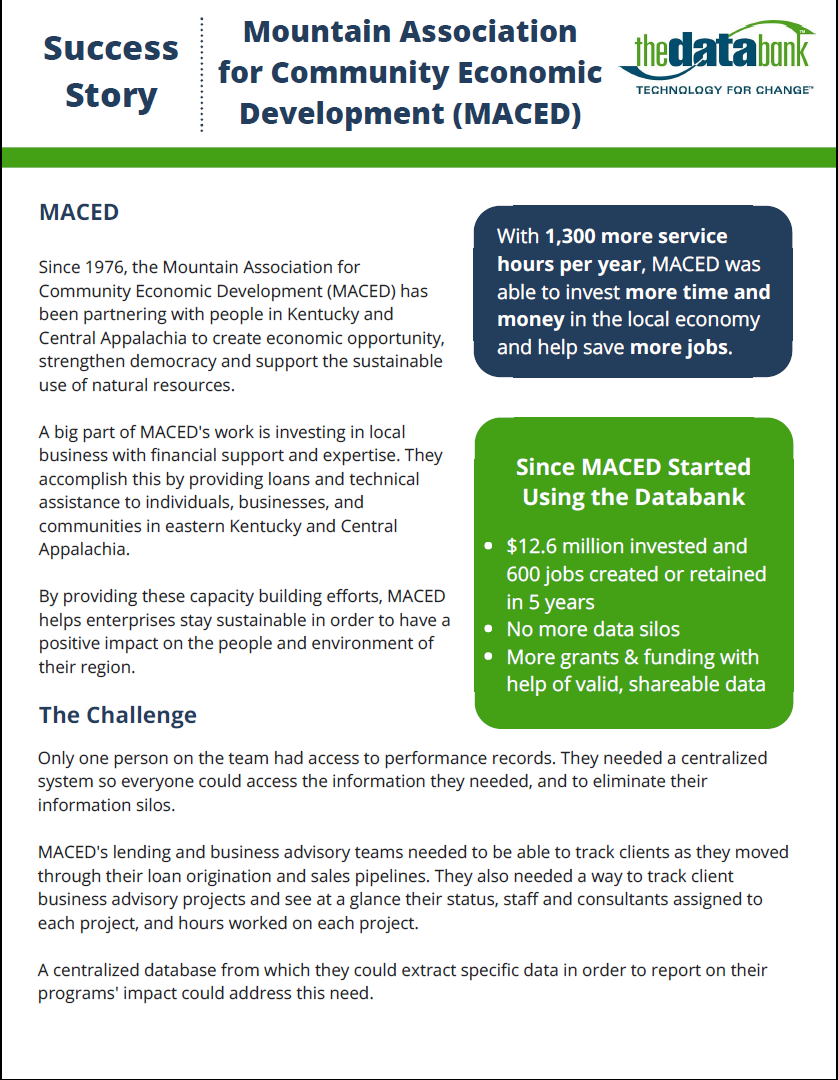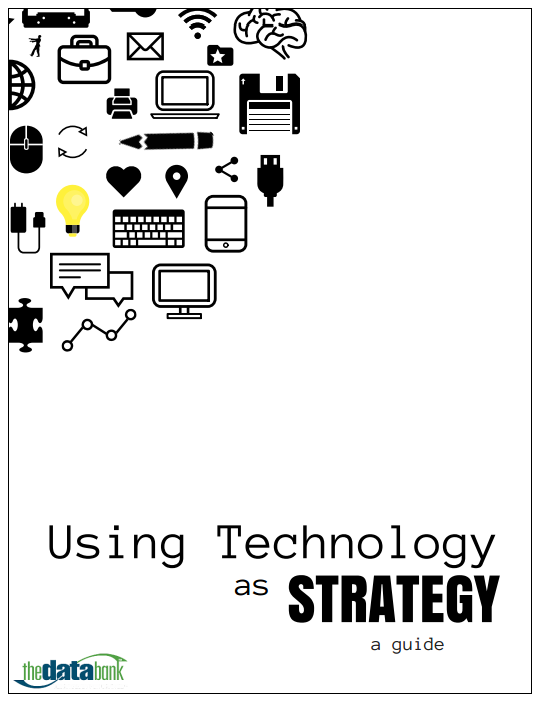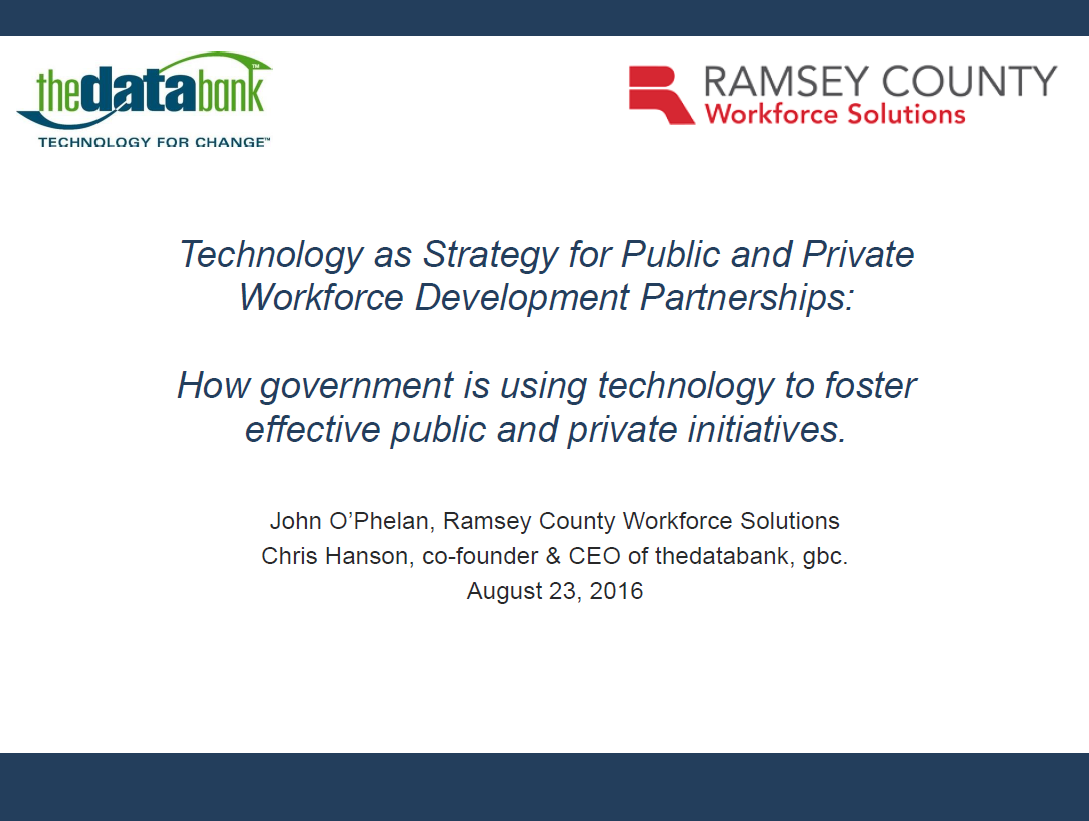Guest post by Alex Tsatsoulis – Alex is a professional fundraiser based in Minneapolis with a passion for helping nonprofits grow their capacity to achieve their missions. Follow him on twitter: @BikeAlex
In Part One of this post, I talked about finding out who your donors are. In this part, I’m going to focus on ways to build relationships with donors now that you know who they are.
What do donors want?
As you consider your next steps with your prospective major donors, think about what you are offering them and what they expect from you out of their giving. Many Americans report giving a donation to a charity or non-profit every year. You are probably among them! Think about what made you give: your donors want the exact same things you do out of your gift.
Most people don’t make donations to get their name up on a plaque, but there is some expectation of a benefit in return, even if it’s not direct. When people give, they want to feel like they are accomplishing something with their donation, like helping make your work happen.
Most donors give in order to receive one, or a combination of, the following:
1. Direct Recognition – Many donors will want to be associated with your cause, and their gift ensures that their support is public and recognized. This can be achieved with their name in an annual report; acknowledgement at a reception; and even, yes, a plaque with their name on it.
2. Information – Some donors just want to know more about your issue, to get behind-the-scenes access, and to feel more involved. Accomplish this through special newsletters, briefings, or one-on-one meetings.
3. Success – All donors want you to succeed in what you do. They believe in your cause, and you’ve shown them that their financial support helps you carry out your mission, and win.
If you have a list of high-capacity donors who are making small gifts, then you’re not engaging them in one of these three ways. But, the good news is: they want to be more involved. You just have to build a relationship with them. How do you do that?
Four Steps to building relationships with donors
1) Cultivation
This is where it all begins. Donor cultivation boils down to building a relationship with your donors and getting them engaged in your work. When thinking about this, really think about what individual donors are interested in, their personalities, and what they have time for. Some donors are okay with a short update on your work, while others want more time with you.
Keep in mind that cultivation doesn’t have to involve personal meetings or special receptions; when you reach out to donors, it can be as simple as forwarding them an article from your local paper about an issue you know they’re passionate about, or having a conversation when you run into each other at an event. These “touchpoints” all help you better understand their needs as well as build a relationship.
2) Making the Ask
Once you’ve developed a relationship with a donor, it’s time to make an ask. The best way to do this is in person, at a meeting. It’s a chance to talk more about your work, describe your need, and make an ask directly. You can also make your appeal by mail, especially if you already have a mail appeal program. Incorporating a higher level ask piece for specific donors, and personalizing it, can get better results.
When you make your ask, try to make it as personal as possible, and stress the importance of this donation on your work and your mission. You’ve gotten to know your donor, and they’ve gotten to know you – they support your work and know you can be successful – now you have to tell them why their gift will help make a difference.
There’s a lot of ways to make an ask – just remember to do it! If you never ask, you’ll never get a donation.
3) Follow-up
This is hands-down the most important part of the cycle, and what will ensure that your gift wasn’t a one-off thing. Be grateful! Thank your donor! No matter what amount your donor gives at, even if it’s a fraction of what you had hoped for, they are making a financial contribution to your organization – and that’s great! Follow up every meeting (even just informational ones) with a thank you card, as well as a phone call a few days later. Make sure to reiterate the basic points of what you went over in your meeting; for example if you received a pledge of a gift, thank them for their pledge of X amount of dollars for X program. That will make sure you don’t have any awkward moments in follow-up meetings!
Also, schedule a check-in call or meeting six months after the gift to give your donor an update of how their donation was put to use. This can be part of continuing the cultivation process – which leads us to step four:
4) Cultivation!
This isn’t really a fourth step – but after your gift, you’re back in cultivation mode! Keep your relationship strong with your donors, and make sure to keep them updated on your progress. Building a strong relationship can lead to increased gifts as donors become more familiar with your organization and you personally.
I hope this was of some help. Please feel free to email me (alextsatsoulis@gmail.com) any questions you have about getting your individual donor program off the ground!

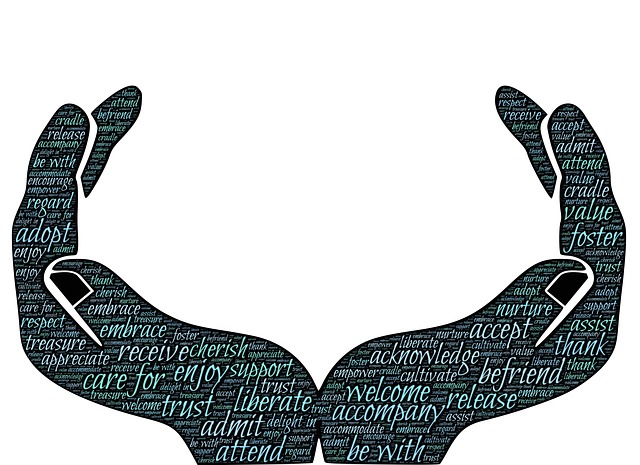
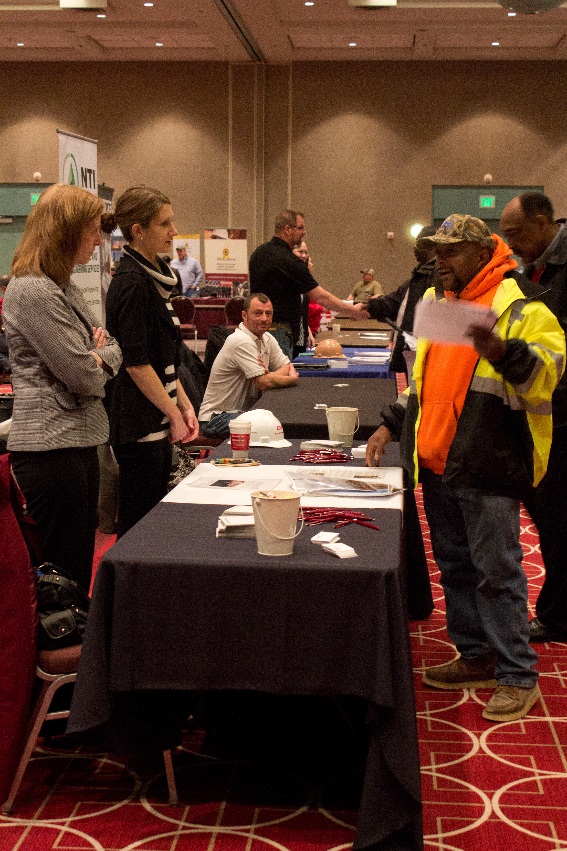
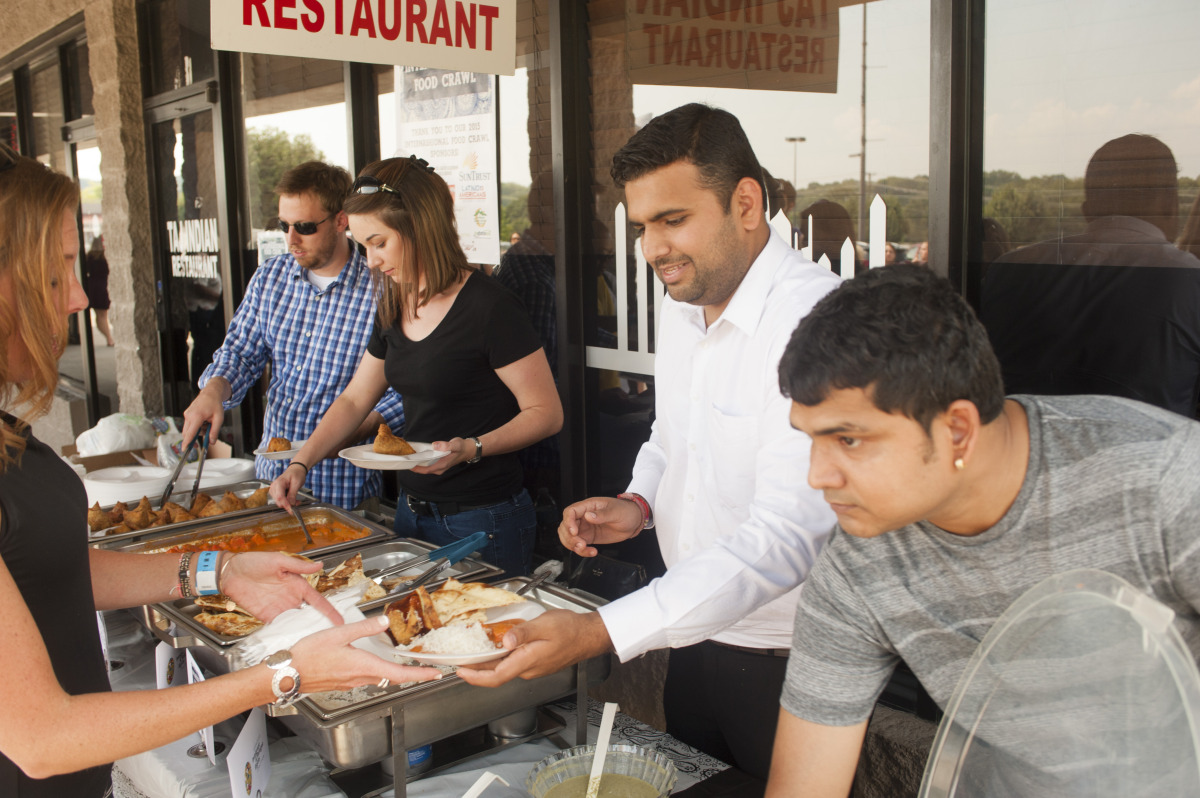
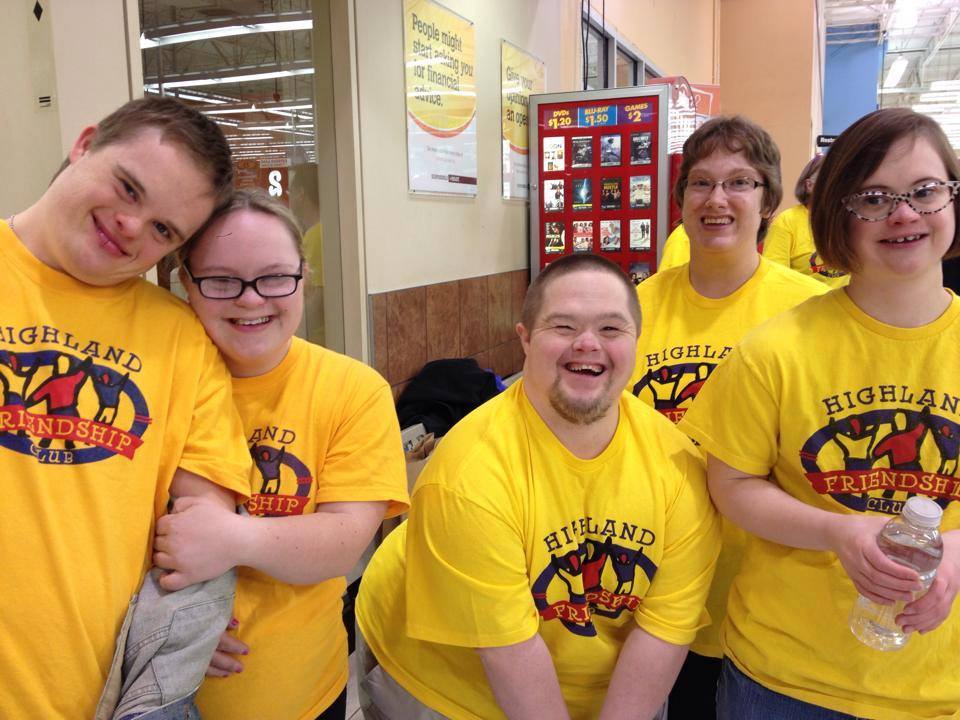
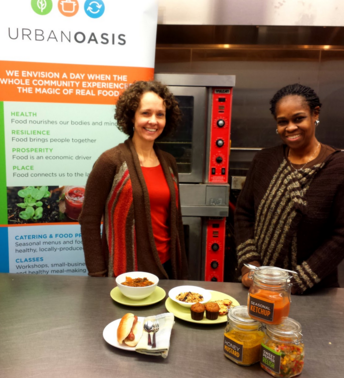
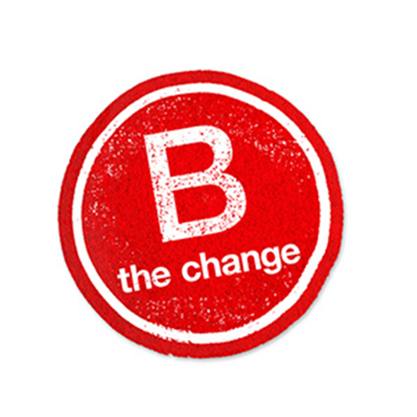


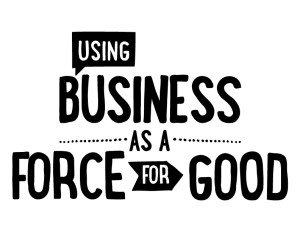
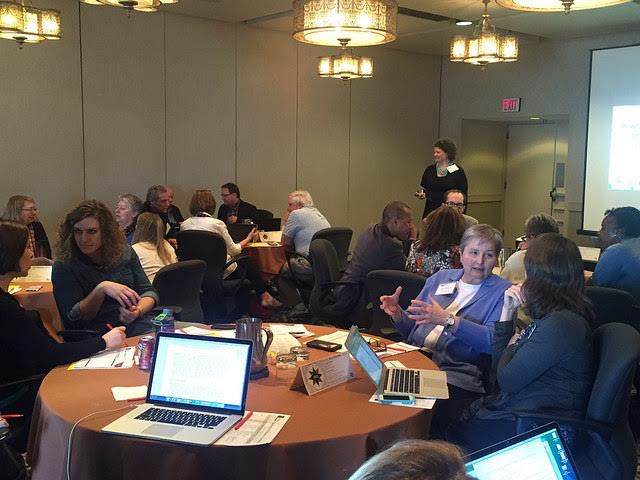
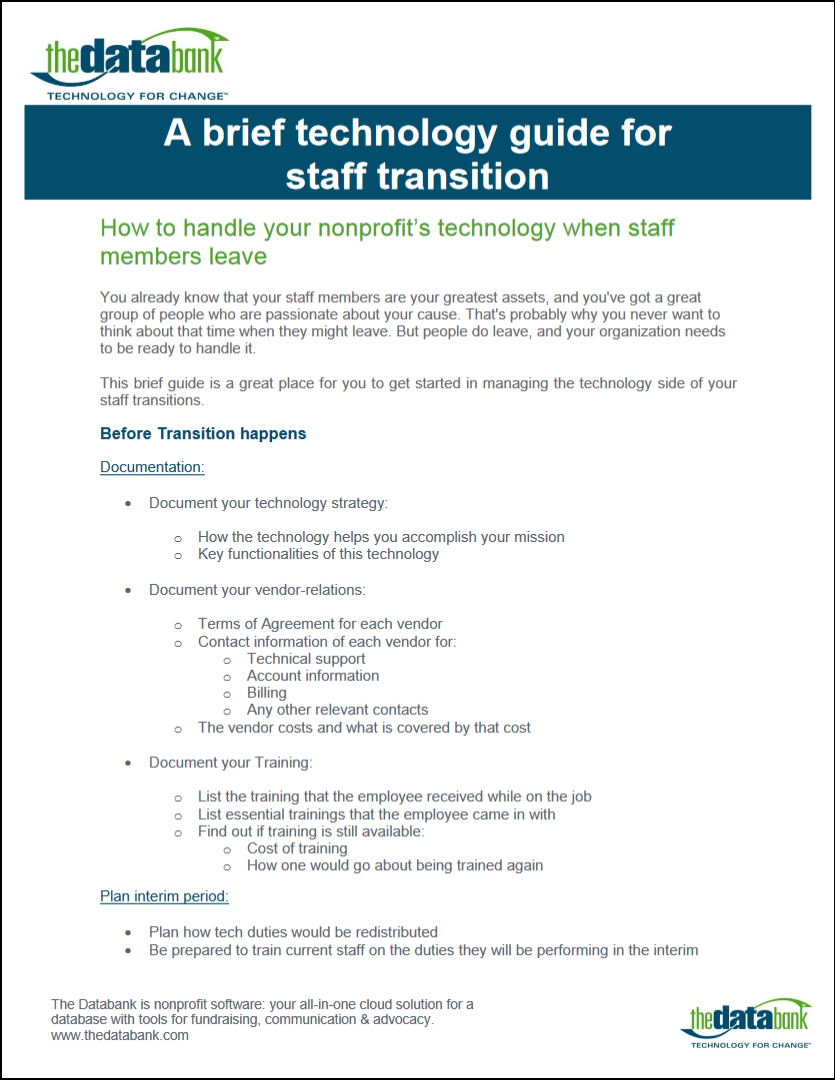
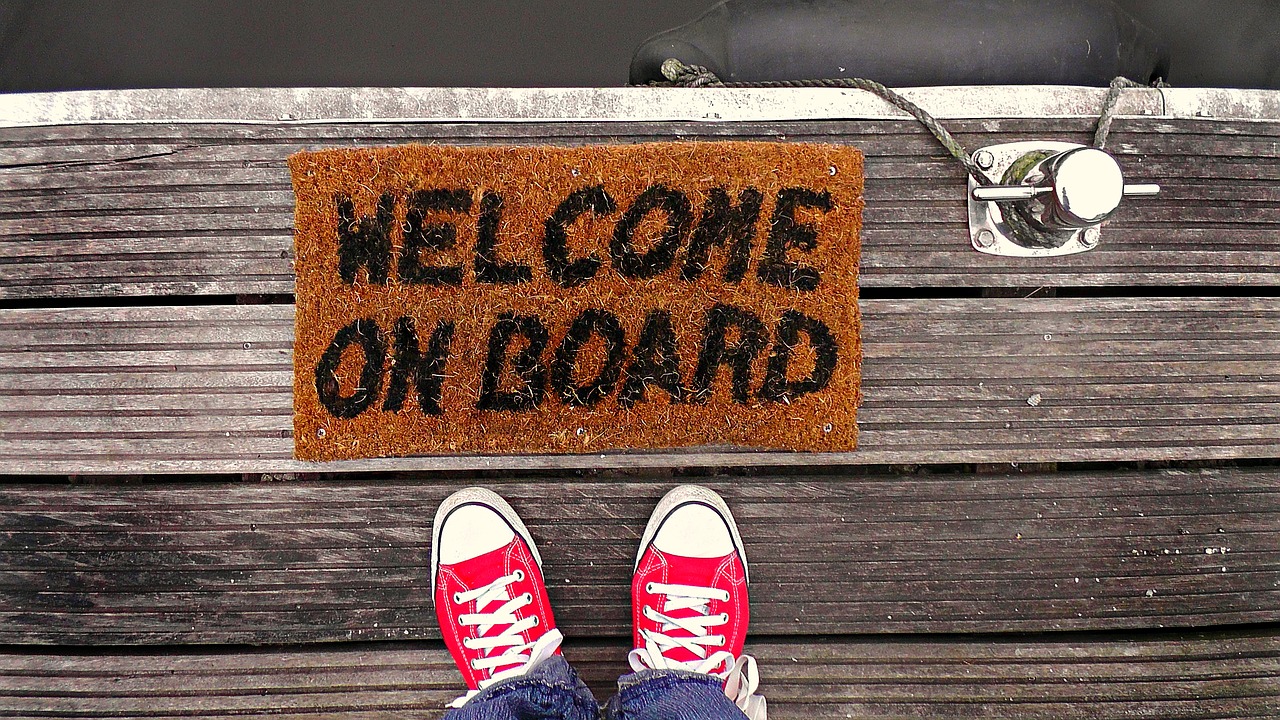
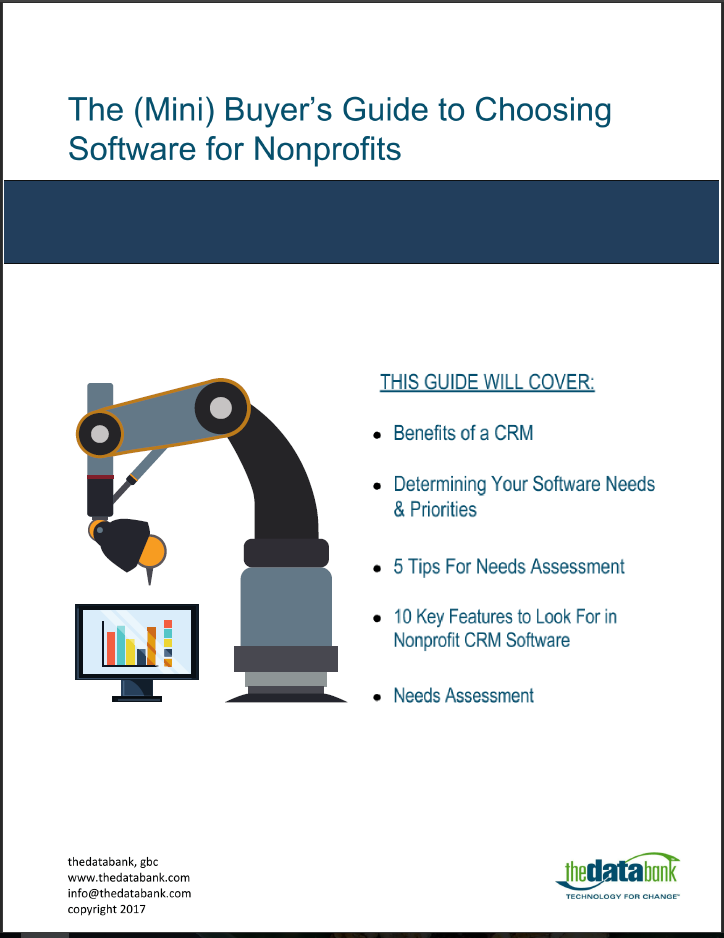
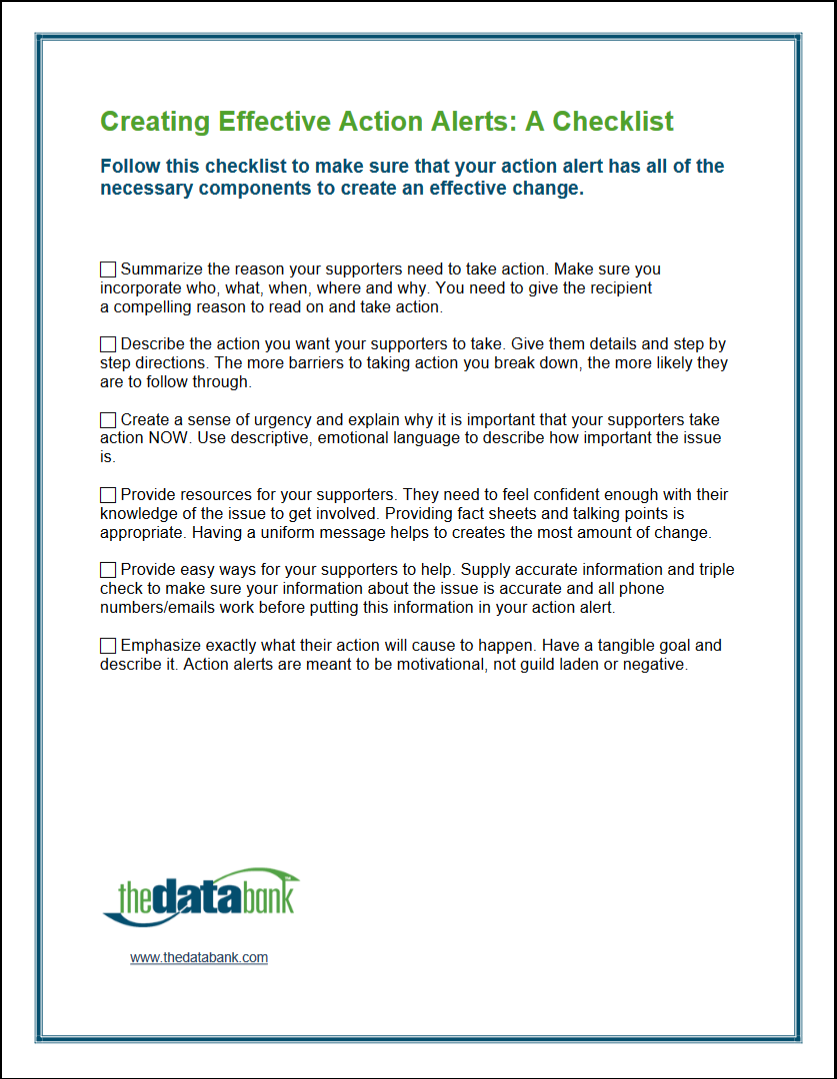

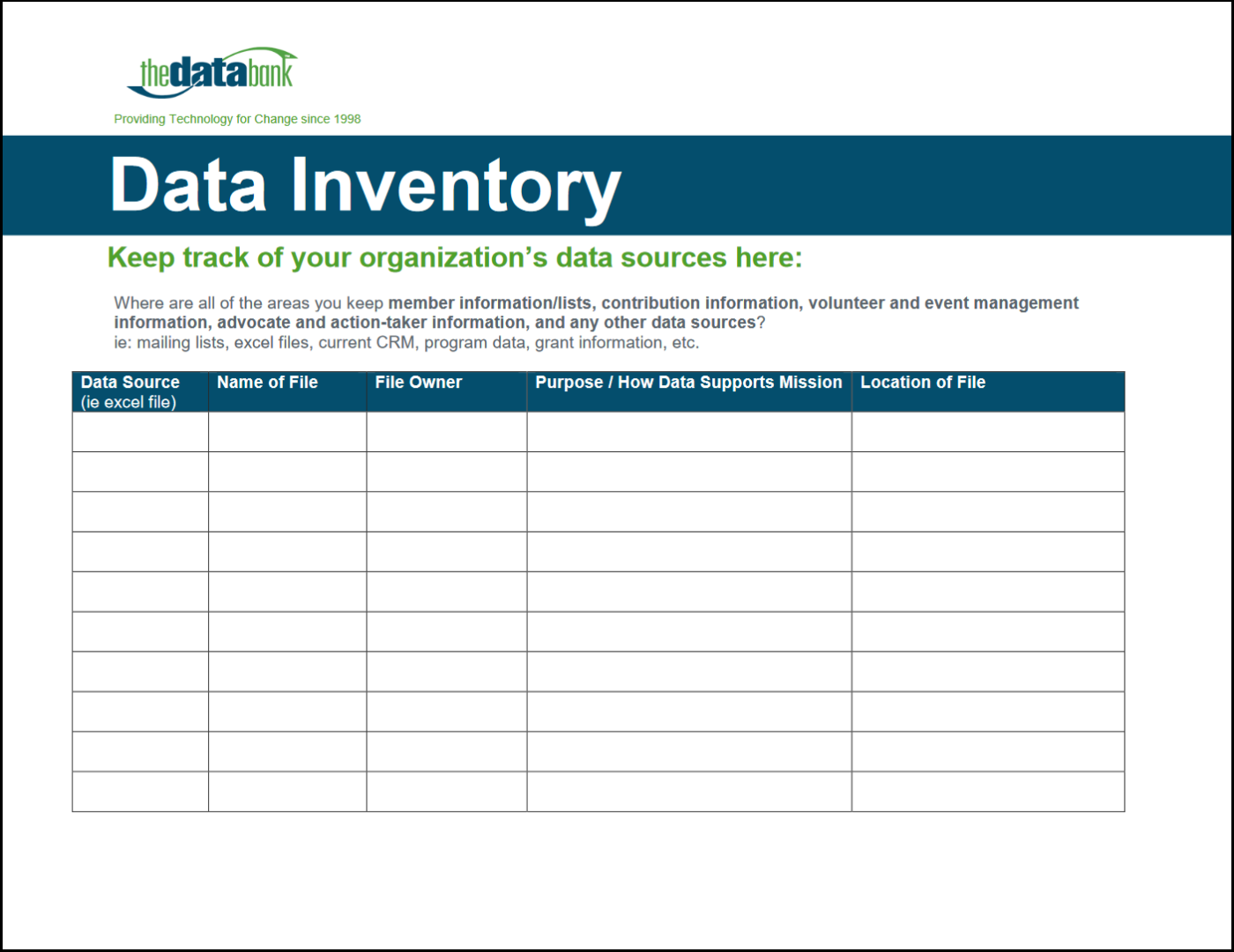

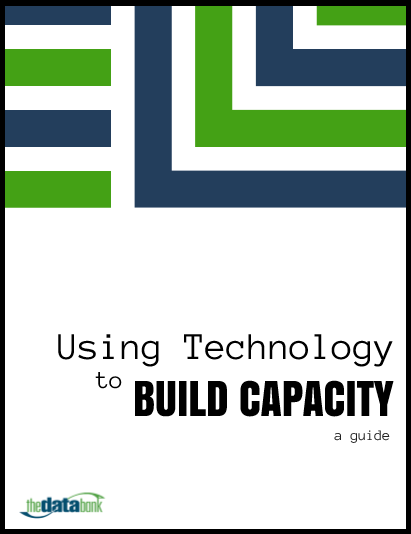
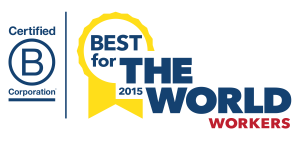

 thedatabank, gbc is technology for change, and we walk the talk.
thedatabank, gbc is technology for change, and we walk the talk. 